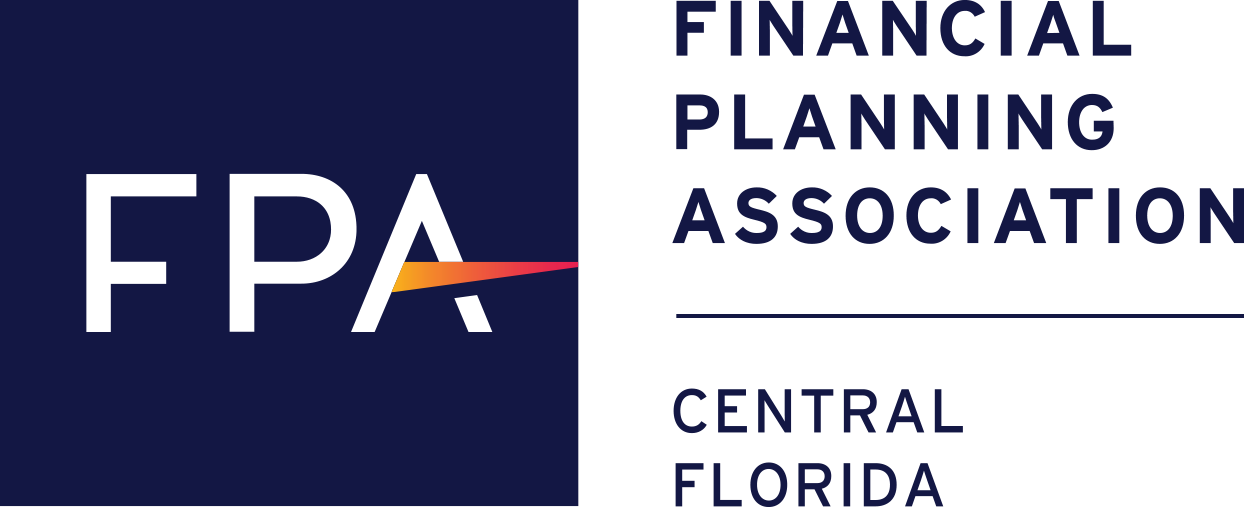
Maximizing the Value of Voluntary Workplace Benefits
 Each year the arrival of fall marks the onset of a different kind of season, one in which a window of opportunity opens for working Americans to take advantage of the benefits they’re offered at work.
Each year the arrival of fall marks the onset of a different kind of season, one in which a window of opportunity opens for working Americans to take advantage of the benefits they’re offered at work.
It’s called benefits “open season,” and it usually runs each year from about November 1st to year-end, a window during which employees annually are invited to pick and choose among the various benefits offered by their employers. That includes core benefits, whose cost typically is covered wholly or in large part by the employer (health insurance, wellness programs, retirement plan, etc.) as well as voluntary benefits, for which workers willingly pick up the tab, because to them, the benefit is valuable enough to justify the cost. Voluntary benefits include traditional offerings such as disability insurance, health savings accounts and flexible spending accounts, as well as newer products like ID theft protection, prepaid legal services, even pet insurance.
If the goal is to maximize what you get back for the hard work you put in — and who doesn’t want that? — then open season is an opportunity to invest in benefits that not only may pay for themselves, but also provide hundreds, even thousands, of dollars in savings over the long run. “Not taking advantage of the voluntary benefits you’re offered at work is like saying you don’t want part of your salary. It’s like leaving money on the table,” says Eric Dostal, a Certified Financial Planner™ at Sontag Advisory, a wealth planning firm in New York City.
Taking advantage of open season starts with simply engaging in the process. Rather than merely settling for the default benefit options, “take a few minutes to review the benefits information your employer provides to see what’s offered and whether it makes sense for you.”
Look for benefits that meet your specific needs and circumstances. If you have people who rely on your income, for example, purchasing life insurance or disability insurance coverage can make sense. Oftentimes, too, offerings like disability insurance may come cheaper as a voluntary group benefit than if purchased individually in the open market, Dostal notes.
The variety of voluntary benefits available today is vast and growing. Here are a few that tend to provide people with the most bang for the buck:
- A dependent care flexible savings account, or DCFSA for short. This is a tax-favored account in which a person typically diverts funds from their paycheck, for withdrawal later to cover the cost of dependent care services such as child or adult daycare, babysitting/nanny services, summer day camp, before- and after-school care and more. The owner of an FSA not only gets access to dependent care (for a child 13 or younger, or for an incapacitated adult) at a substantial discount (typically 30%, according to the website FSAfeds.com), they also gain a tax benefit, as FSA contributions are considered pre-tax, meaning they lower a person’s taxable income, much like contributions to a 401(k) retirement plan do, Dostal explains.
- A health savings account, or HSA. Offered in tandem with high-deductible health plans, an HSA functions much like an FSA, only it covers medical and healthcare costs — and comes with perhaps even better tax benefits than an FSA provides. Not only do contributions go in pre-tax (up to annual limits, currently $3,400 for an individual and $6,750 for a family), reducing the contributor’s taxable income, they come out tax-free when used to cover eligible health and medical expenses, including those that health insurance policies may not cover.
What’s more, there’s no tax on gains inside the account. That’s a key consideration these days, as many HSA providers have begun to offer account holders the option of putting HSA money into investment vehicles such as mutual funds that offer greater growth potential (but also come with greater downside risk).
With HSA funds, it’s not a use-it-or-lose it proposition. Unused money inside an HSA — contributions as well as any gains — can roll over from year to year, giving the account greater compound growth potential and an opportunity to build over time. The account owner can withdraw funds from the HSA as needed each year, then, come age 65, can use funds in the account to pay Medicare premiums, along with other eligible health and medical expenses. “If you have another 25 or 30 years in the workplace and you stay pretty healthy, you could be talking about some real dollars [accumulating inside the HSA] to use in retirement,” notes Dostal.
- Disability insurance. If people in your household — a spouse, children — rely on your income, it’s a good idea to invest in disability insurance, a type of policy designed to replace all or a substantial portion of a person’s income should they be disabled and unable to work to earn an income. Long- and/or short-term disability insurance “is extremely easy to get through an employer and to pay for through a payroll deduction,” Dostal says. Premiums also can be lower when purchased through a group/employer, he notes: in the range of $5-$10 per month for a short-term policy and $20-$30 per month for a long-term policy.
- Life insurance and/or supplemental life insurance. While it’s not always cheaper purchasing life insurance as a voluntary workplace benefit, one of the advantages of doing so is the lack of underwriting requirements with group policies, according to Dostal. “That’s a really important consideration for a person who has a chronic medical condition,” who otherwise might be unable to obtain affordable coverage on their own.
There are many other voluntary benefits worth considering beyond the aforementioned options. A few to keep in mind:
- Critical illness insurance
- Long-term care insurance
- Identity theft protection
- Student loan debt assistance and refinancing
Need help evaluating your benefits options during open season? Don’t be shy about asking your employer’s HR department, or a trusted personal finance professional, for guidance. To find a financial professional in your area, visit the Financial Planning Association’s searchable national database of personal finance experts at www.PlannerSearch.org.
